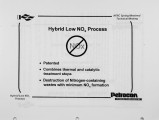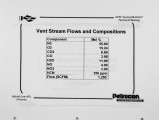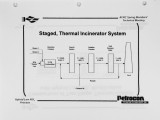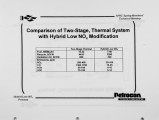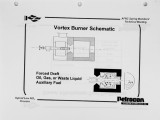| Title |
Hybrid Low NOx Process for Destruction of Bound Nitrogen Compounds |
| Publisher |
University of Utah |
| Date |
1998 |
| Spatial Coverage |
presented at Salt Lake City, Utah |
| Type |
Text |
| Format |
application/pdf |
| Language |
eng |
| Rights |
This material may be protected by copyright. Permission required for use in any form. For further information please contact the American Flame Research Committee. |
| Conversion Specifications |
Original scanned with Canon EOS-1Ds Mark II, 16.7 megapixel digital camera and saved as 400 ppi uncompressed TIFF, 16 bit depth. |
| Scanning Technician |
Cliodhna Davis |
| ARK |
ark:/87278/s680556n |
| Setname |
uu_afrc |
| ID |
12248 |
| Reference URL |
https://collections.lib.utah.edu/ark:/87278/s680556n |










